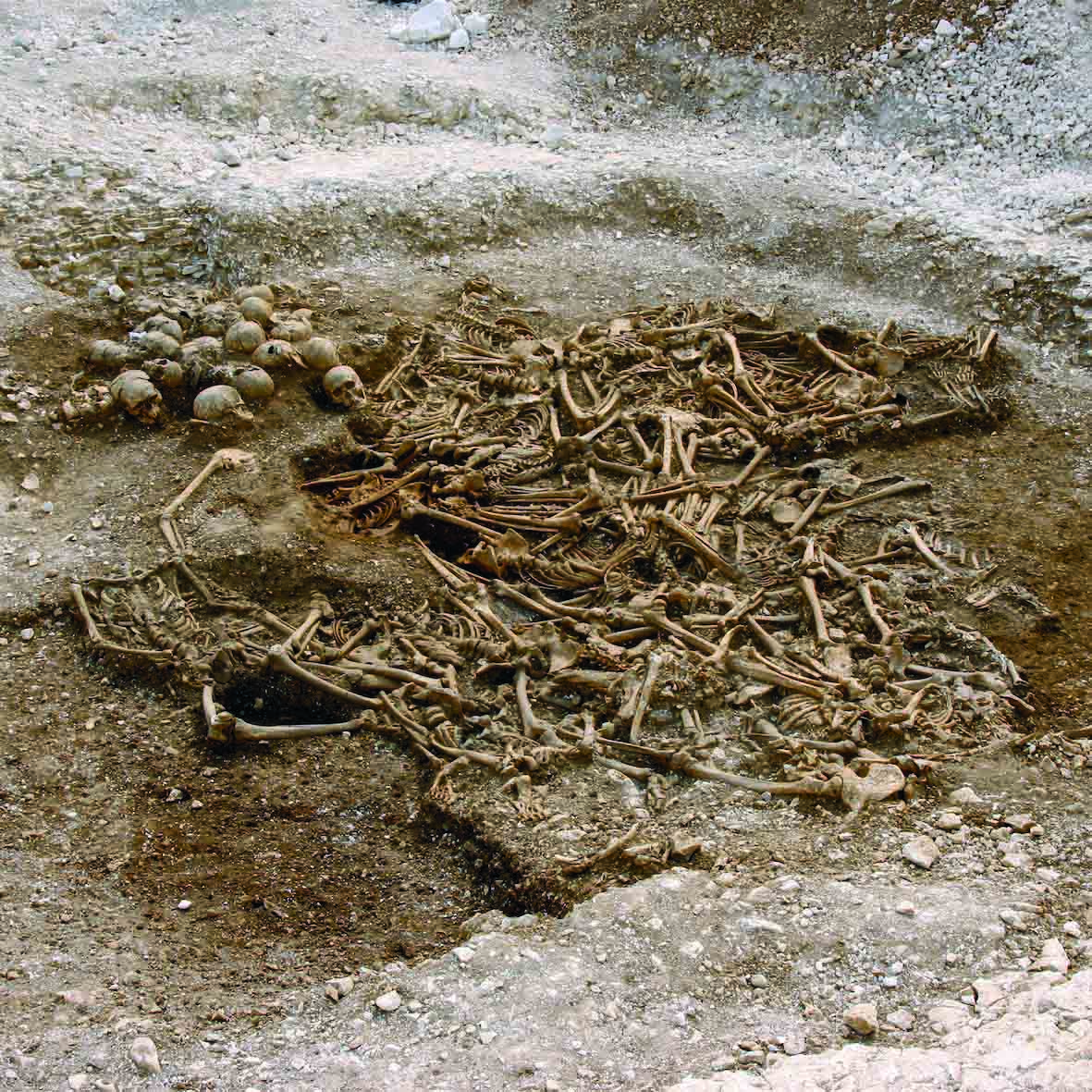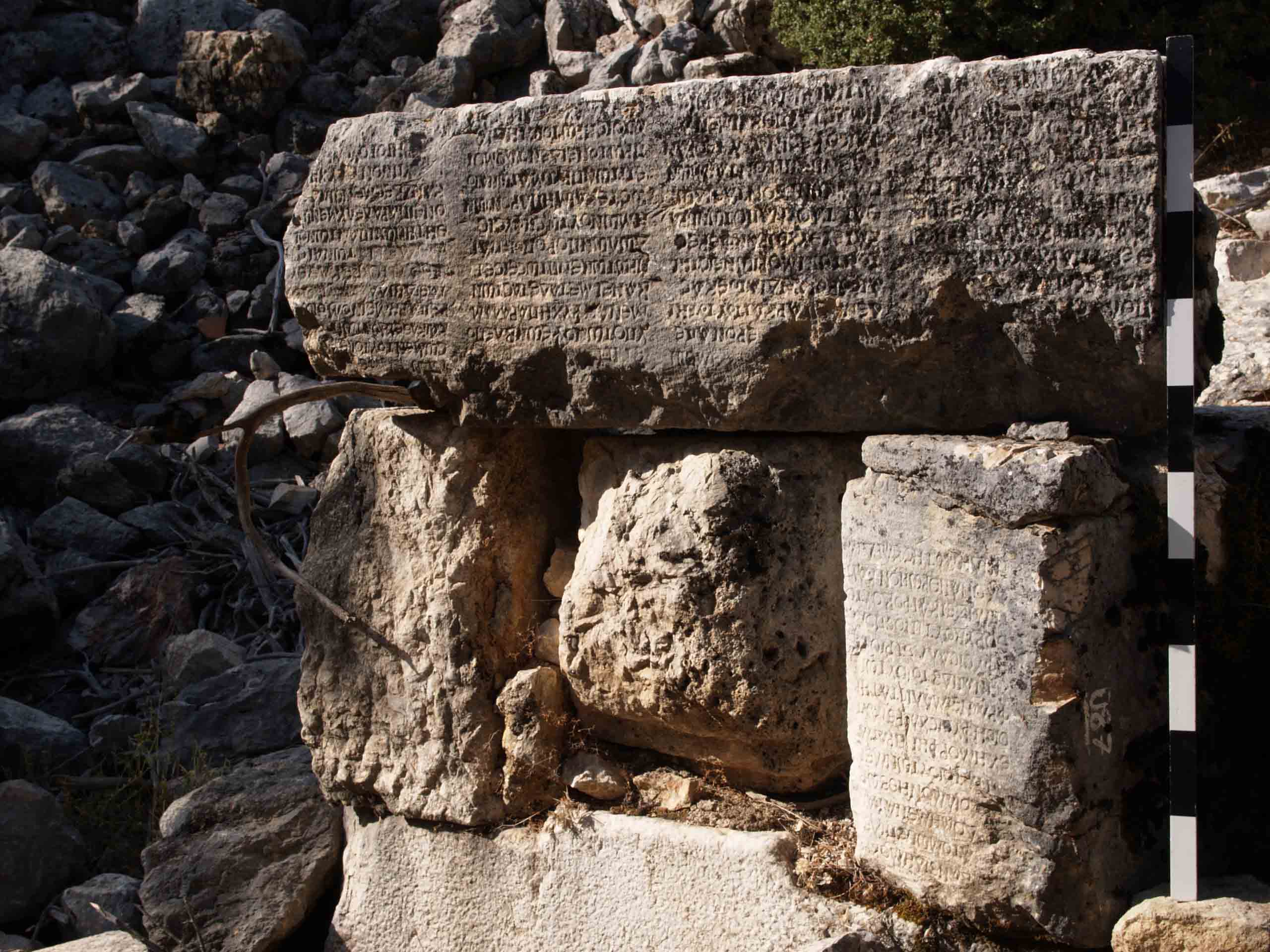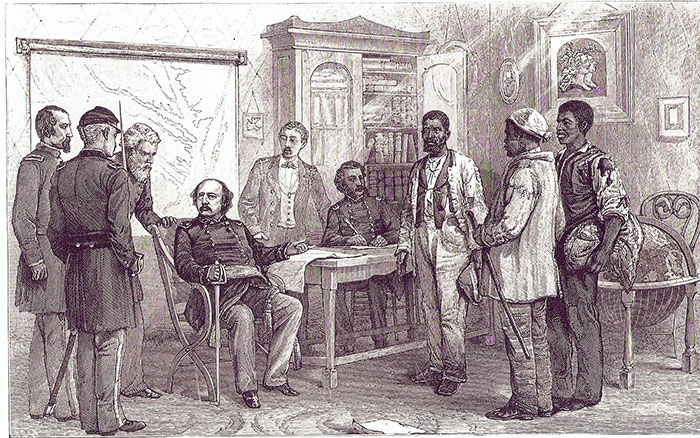
DUBLIN, IRELAND—The remains of Thomas Kent, one of 16 men executed in 1916 after the Easter Rising, have been identified by archaeologists and geneticists at University College Dublin (UCD) through DNA analysis. Kent’s body, which had been covered with quicklime at the time of burial, was exhumed from a shallow grave at Cork Prison earlier this year. The quicklime is thought to have helped preserve Kent’s DNA, which was compared with samples from his two surviving nieces. “Now we have the three samples. We have Thomas Kent, or Mr. X as we called him, and we have the two nieces. That meant that we had three different tests to sort. The first test was between the two sisters. The second test between Sister 1 and Mr. X, and the third test between Sister 2 and Mr. X. And then we estimated the degree of relatedness between these individuals. By doing that we can be very sure in this case that Thomas Kent has a relatedness to the siblings which is consistent with being an uncle,” Jens Carlsson of the UCD Earth Institute said in a video clip press release. Kent was given a state funeral last week. For more on historical archaeology and DNA, go to "Finding Lost African Homelands."











